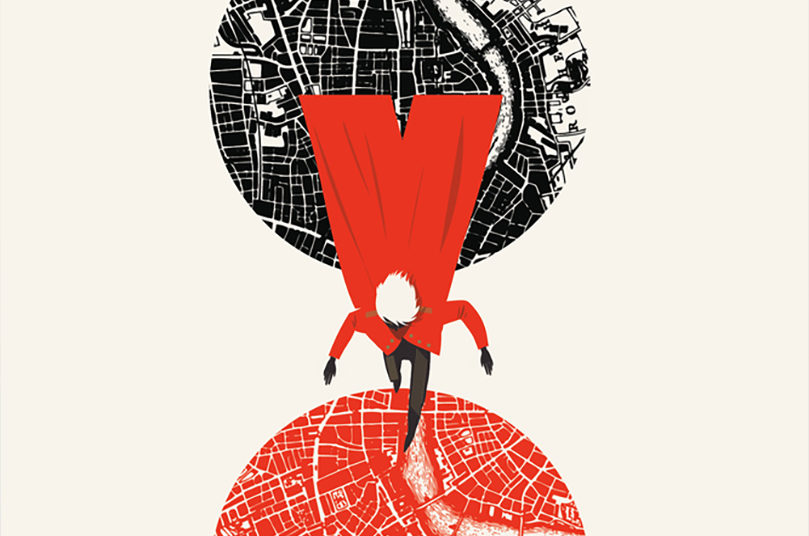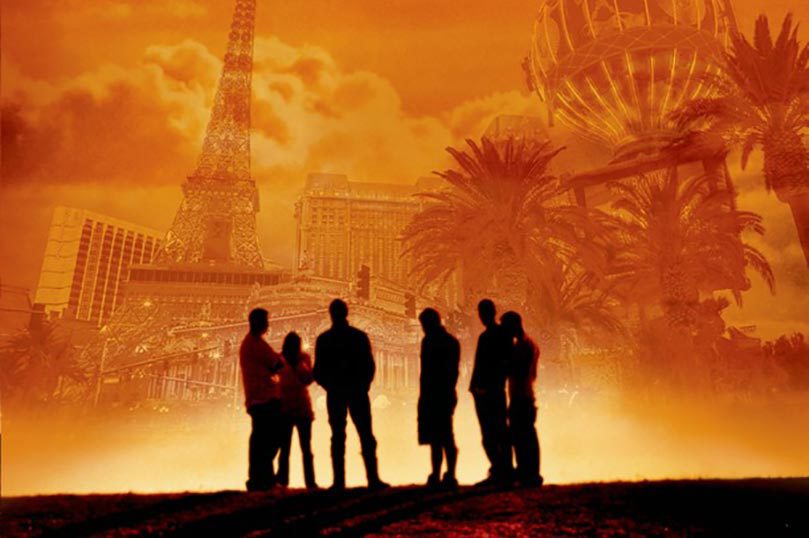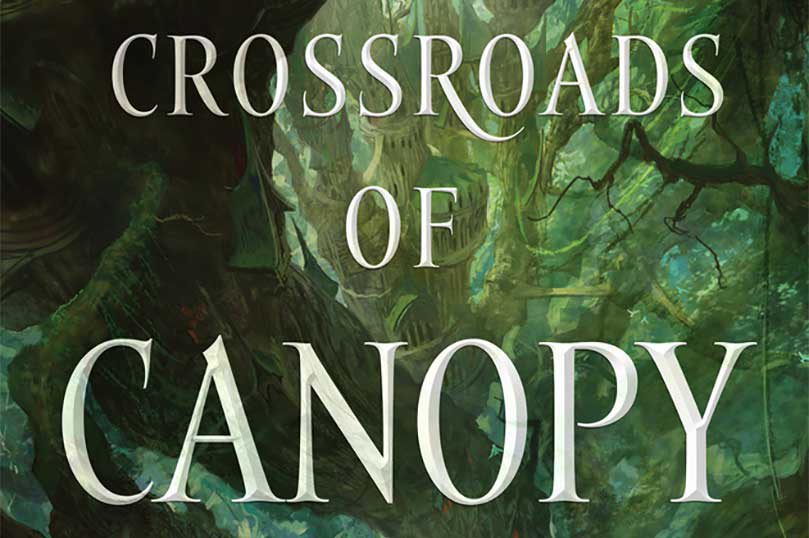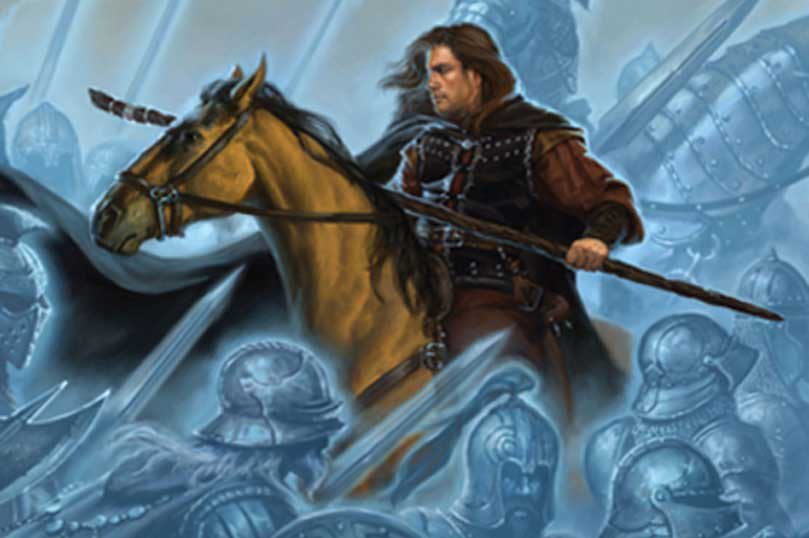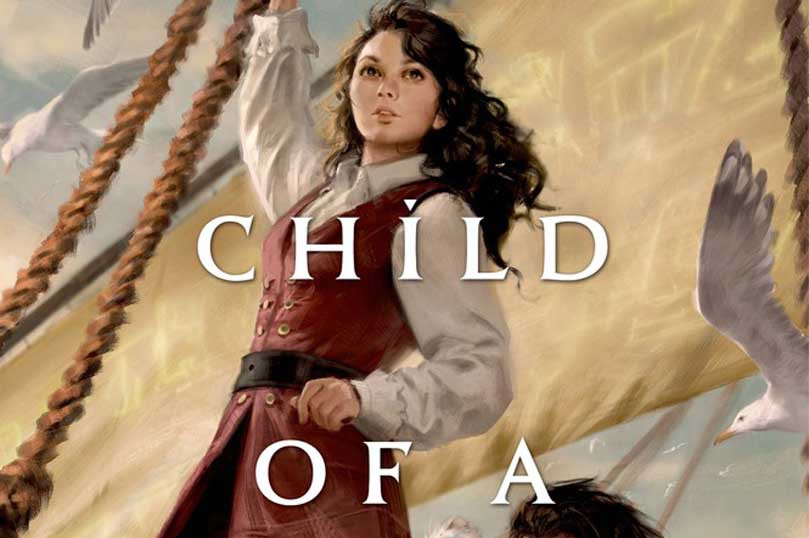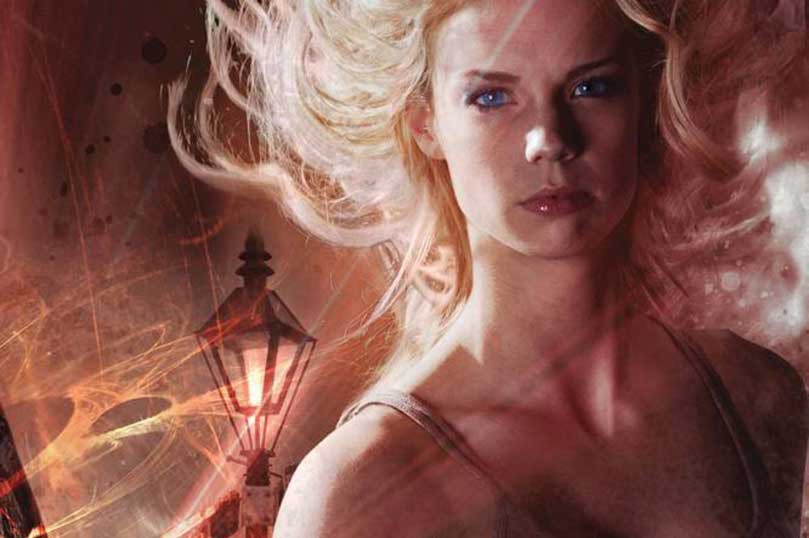opens in a new window Welcome back to opens in a new windowFantasy Firsts. Our program continues with a guest post from V.E. Schwab about setting and opens in a new windowA Darker Shade of Magic. The final book in the Shades of Magic series, opens in a new windowA Conjuring of Light, will be available on February 21st.
Welcome back to opens in a new windowFantasy Firsts. Our program continues with a guest post from V.E. Schwab about setting and opens in a new windowA Darker Shade of Magic. The final book in the Shades of Magic series, opens in a new windowA Conjuring of Light, will be available on February 21st.
A Spectrum of Worlds
Written by opens in a new windowV. E. Schwab
Setting.
To most writers, it’s a backdrop, to some even an afterthought, but to me, it’s always been a character. Setting is one of the very first—if not THE first—thing that comes to me when I’m writing a book. It’s not that I don’t care about the other pieces—the people and the plot and what have you—it’s that for me, as a writer and a reader, setting IS one of the most important aspects, and it’s always integral to the plot.
Sometimes, its importance is obvious, as in Neil Gaiman’s opens in a new windowNeverwhere, in which a second London lurks under the surface of the first, or Andy Weir’s opens in a new windowThe Martian, set entirely on the surface of Mars. It might be a time as well as a place, as in Kate Atkinson’s opens in a new windowLife After Life, in which Ursula is continuously reliving the years leading up to World War II. Other times, it’s built into the fabric of the story in other ways, like Emily St. John Mandel’s opens in a new windowStation Eleven, set across a Canadian expanse after an apocalyptic disease. Or perhaps it creates a framework for the plot, as with Paula Hawkins’s opens in a new windowThe Girl on the Train. Whatever the form it takes, and whatever the framework is fantasy, thriller, dystopian, historical, the fact remains that a good setting is a living, breathing element, a character all its own.
My book, opens in a new windowA Darker Shade of Magic, houses not one but FOUR versions of London (Grey, Red, White, and Black), and each one takes a different shape: Grey the mundane world, Red the magical empire, White the wasteland, and Black the source of all power.
In essence, A Darker Shade of Magic—or ADSoM for short—gave me a chance to turn my setting into not only a character, but an entire supporting cast. Through the four iterations of London, bound together by only a name, I was able to explore not only time, but also space, and the ways that different actions shape the world in which they happen. The color terms and relative absence/presence of magic are not the only things that set the Londons apart. Though each ones occupies the same geographical footprint, with the Thames (or the Isle, or the Siljt) at its heart, each city was inspired by a different part of the world, a different aesthetic, a different breed of empire. The worlds sit, layered like pages of paper in a book.
Grey London, which you could call the template, is based on the world as we know it, modeled on early 19th century England, with its smoke-clogged streets and its ailing mad king. If there was magic once, it has been forgotten.
The crown jewel of the worlds, Red London, features a plush, eastern motif, full of spires and night markets, spices and luxury. Here magic thrives, woven into every part of life, respected by some, worshiped by others, and used by all.
Its neighbor, White London, a world once more powerful than Red, is now slowing dying, starved out by the magic it tries to control. It has the arctic air of the far north, ruled a pair of wolf-like twins, Astrid and Athos.
And Black London, well, no one knows. The site of a magical catastrophe, and sealed off from the other worlds, it’s the city known only through bedtime stories and nursery rhymes. Until now.
The characters are as much a product of their setting as anything else. The main characters, Kell and Lila, come from different Londons. Kell, a magician with the rare ability to move between worlds, belongs to the elite and fantastical Red London, while Lila has grown up as a street rat-turned thief in the magic-less Grey world. To them we add the Danes, the rulers of White London, desperate to hold on to power, and their servant, Holland, bound not by will, but by magic.
I’m a firm believer that when crafting a story, the world—or worlds—in which it’s set must come before the characters. It must shape them. For what are people, if not the product of their environments? A setting is wasted when it simply exists to fill the space behind the action. Similarly, when the characters and the world in which they live are bound by nothing more than convenience.
The characters of ADSoM are diverse, and so are the settings they occupy. When you step into the book, you step into several worlds, each one different, but all connected, as tangled with each other as the kings and queens, magicians, smugglers, and thieves who roam them. They are a strange cast, my Londons, but I can’t wait for you to meet them all.
Order Your Copy
opens in a new window opens in a new window
opens in a new window opens in a new window
opens in a new window opens in a new window
opens in a new window opens in a new window
opens in a new window opens in a new window
opens in a new window
Follow V. E. Schwab on Twitter at opens in a new window@veschwab, on opens in a new windowFacebook, or opens in a new windowvisit the magical Londons online.
(This is a rerun of a post that originally ran on March 2, 2015.)

